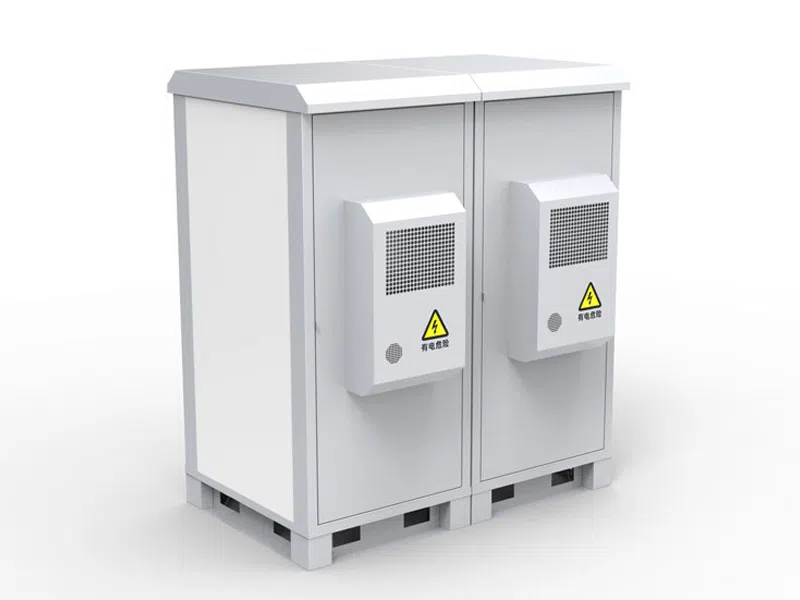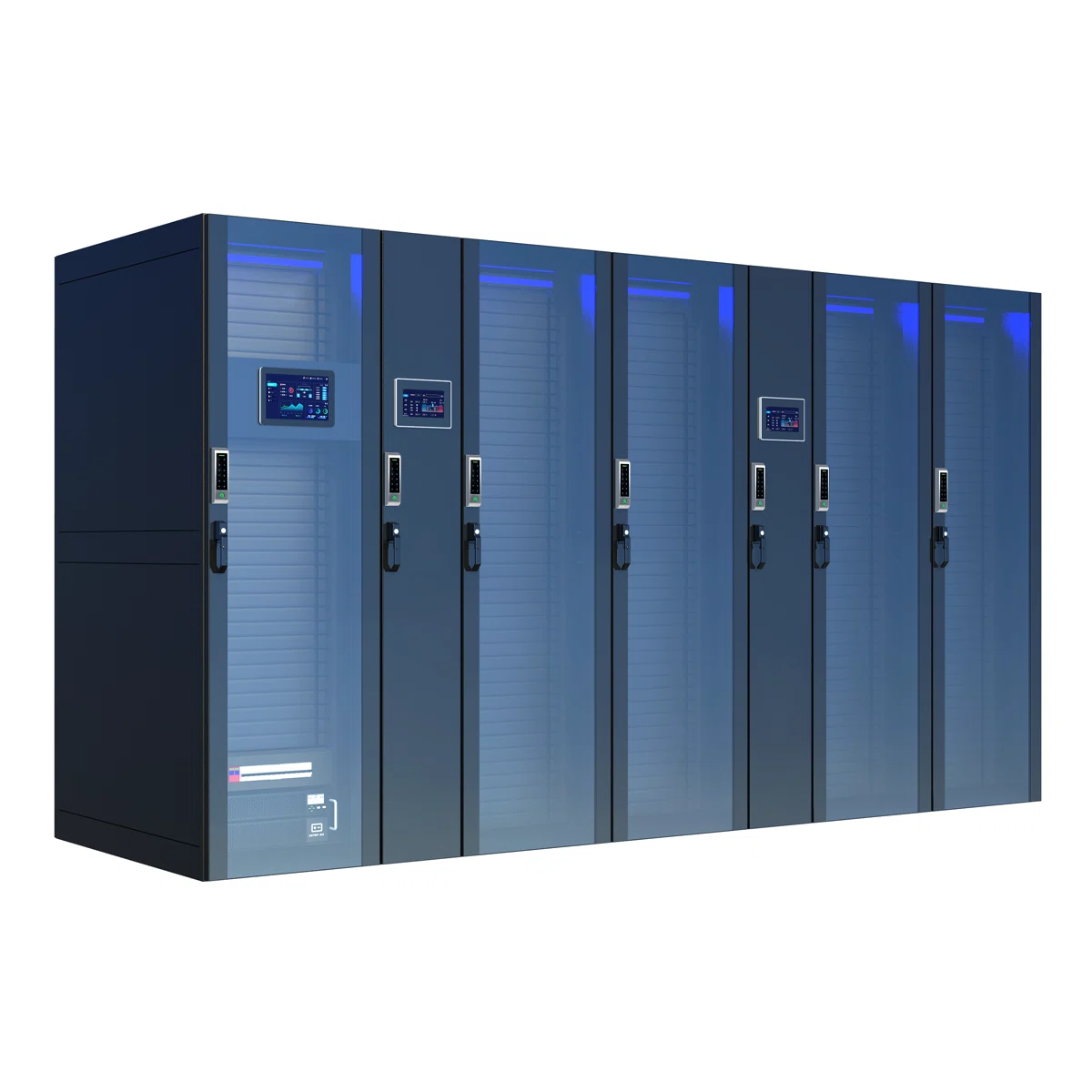What is an Uninterruptible Power Supply?
Release time: 2025-03-17
An uninterruptible power supply (UPS) is a power protection device that can provide temporary power support when the main power supply is cut off or fails. Its main function is to ensure that the device does not shut down immediately when the power is cut off, avoiding data loss or hardware damage.
Function introduction:
Providing backup power
Power failure protection: When the main power fails, fails, or the power is interrupted, the online UPS will immediately switch to battery power to ensure that the equipment works uninterrupted. Avoid sudden shutdown of the equipment, resulting in data loss, hardware damage, and other problems.
Battery power: The built-in battery of the UPS can provide power to the connected equipment for a short period of time when the main power fails, usually a few minutes to tens of minutes, depending on the capacity and load of the UPS.
Voltage regulation
Voltage stabilization function: UPS not only provides backup power, but also regulates voltage when voltage fluctuates greatly, ensuring that the equipment operates within a stable voltage range. Avoid damage to the equipment caused by low or high voltage.
Voltage protection: Some high-end UPS can provide voltage filtering function to reduce noise and instantaneous voltage fluctuations in electricity and provide a more stable power supply.
Power protection
Overload protection: UPS can automatically detect whether the load exceeds its design capacity. If overloaded, it will cut off the power supply in time to protect the UPS and equipment.
Overheat protection: UPS is equipped with a temperature sensor. Once overheating is detected, it will start the cooling mechanism or automatically shut down to avoid failures caused by overheating.
Short circuit protection: When a short circuit occurs, the UPS will automatically cut off the power supply to prevent equipment damage or safety accidents such as fire.
Power Quality Management
Surge Protection: Uninterruptible Power Supply System has the ability to prevent power surges from damaging equipment. Power surges usually occur when power is restored or when there is a lightning strike. UPS absorbs these shocks and protects equipment from damage.
Frequency Stabilization: Some UPS can also adjust the power frequency to ensure that the equipment can work stably within the appropriate frequency range.
Data protection
Seamless switching: UPS can provide seamless power switching to ensure that the device will not shut down or crash due to power outages, especially during important data processing, to avoid data loss.
Support automatic shutdown: UPS equipped with management software can automatically shut down the connected computer or device before power is restored to ensure data integrity and security.
Remote monitoring and management
Remote management function: Uninterruptible Online Power Supply usually has a network interface, which can remotely monitor the status of UPS, configure and control it through management software or web interface.
Automatic alarm: When UPS fails, battery power is low or other abnormal conditions occur, an alarm will be issued so that the administrator can deal with it in time.
Power quality optimization: UPS can ensure that the equipment always operates under stable power conditions, reduce the damage of power fluctuations to equipment hardware, and extend the service life of the equipment.
Common types:
Online UPS: Provides continuous and stable power supply, suitable for high-precision equipment.
Offline UPS: Provides backup power during power outages, suitable for some equipment that does not require high power.
Interactive UPS: Combines the characteristics of online and offline types to adapt to different power fluctuations.

